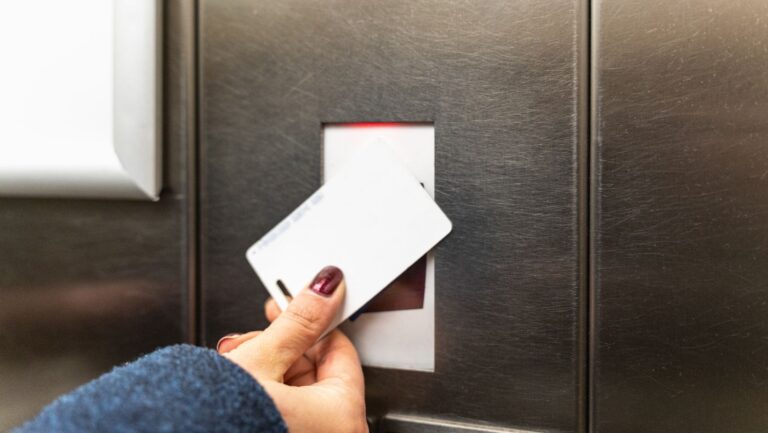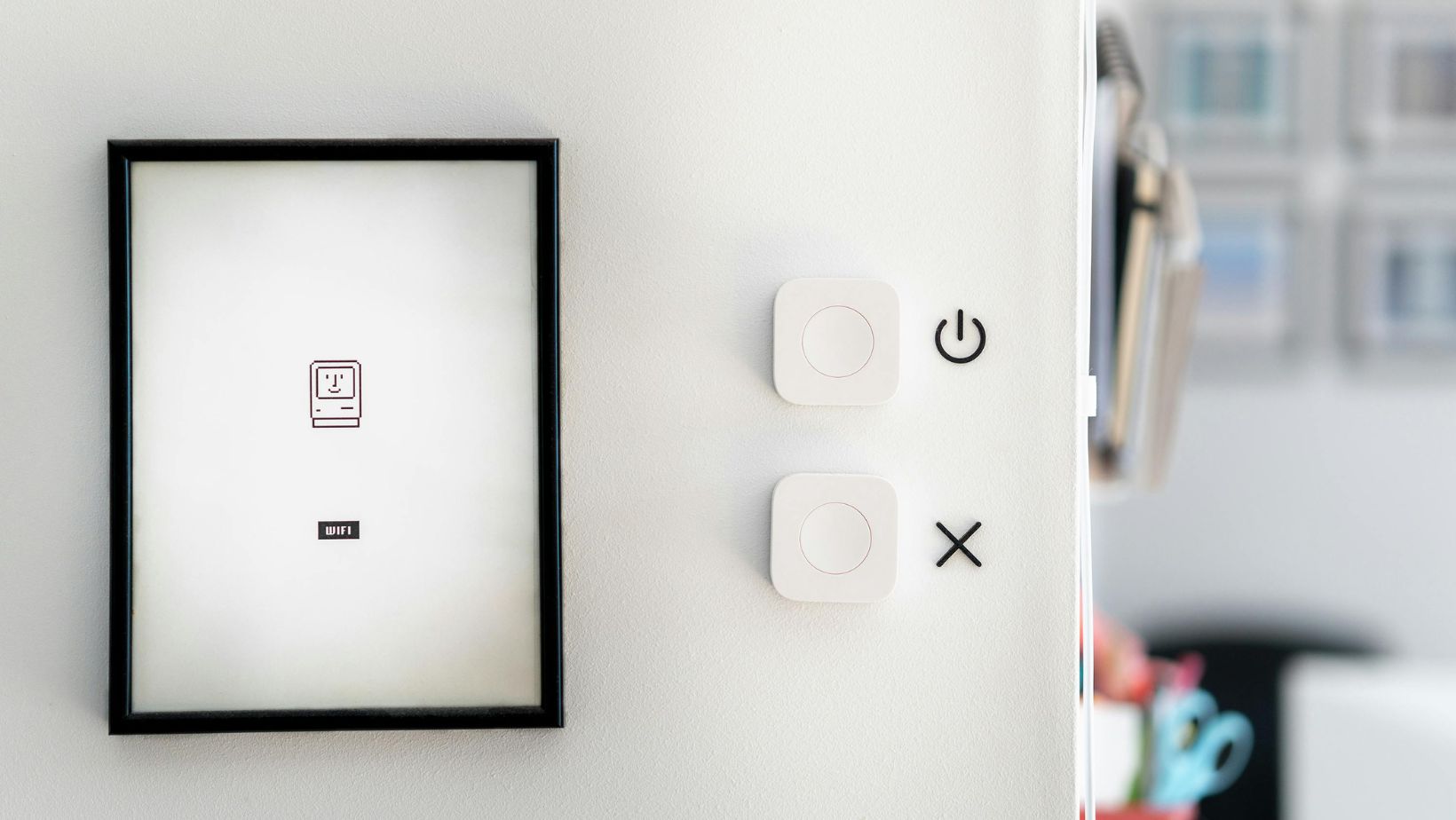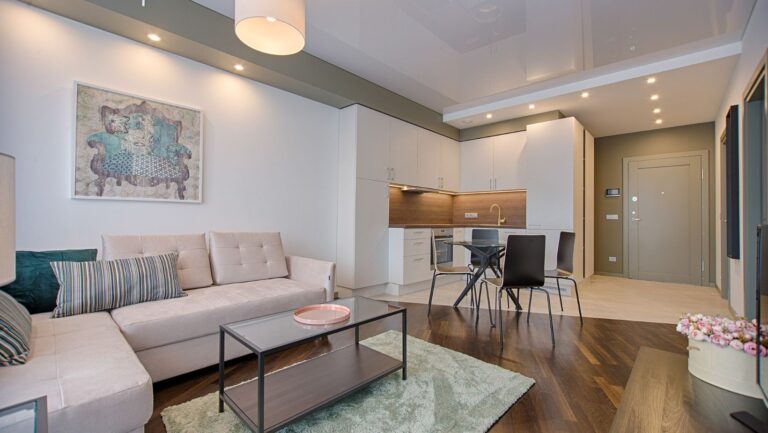Property technology is transforming the real estate industry, making buildings more efficient, secure, and tenant-friendly. Among the most practical investments for property owners today is a key card or key fob system, a digital access control solution that replaces traditional keys with smart credentials.
These systems not only strengthen building security but also streamline daily operations and support the growing demand for connected living experiences. Whether you manage a multifamily community, office space, or commercial property, upgrading to a modern access system can deliver lasting value. Pairing these upgrades with smart amenities—such as a Razer ergonomic chair in office setups—can further enhance comfort, productivity, and the overall tenant experience.
What Is a Key Card Key Fob System?
A key card key fob system is an electronic access control solution that uses RFID (radio frequency identification) or NFC (near-field communication) technology to grant entry to authorized individuals. Instead of a metal key, users tap or wave a credential, like a fob or card, near a reader to unlock doors or gates.
These systems typically integrate with cloud-based software, enabling property managers to:
- Issue and revoke credentials remotely: No need to change locks or distribute physical keys when a tenant moves out.
- Track access activity: View logs of who entered which area and when, improving accountability.
- Customize permissions: Assign unique access rights for residents, staff, and visitors to ensure secure movement throughout the property.
The Benefits of Investing in Property Technology
Upgrading to a key card key fob system is more than a security improvement; it’s an investment in long-term operational efficiency and property value. Modern access control supports the broader goals of property technology adoption by enhancing security, reducing costs, improving user experience, and ensuring buildings are ready for future innovations.
Strengthens Property Security
Traditional locks can be lost, copied, or tampered with, but a key card or fob system minimizes these risks through encrypted credentials and centralized control. Property managers can instantly deactivate lost or stolen fobs, reducing the risk of unauthorized entry. In addition, access logs create detailed audit trails that help identify suspicious activity or breaches. These systems also integrate seamlessly with surveillance cameras and alarms to create a unified, comprehensive security network that protects both residents and property assets.
Reduces Operational Costs
While the initial investment in property technology can seem high, digital access systems often pay for themselves over time. Because rekeying is no longer necessary, managers save on locksmith services whenever a tenant moves out or an employee changes roles. Cloud-based management also streamlines administrative work, reducing time spent on manual tasks. Many systems even include predictive maintenance features that use data analytics to detect potential issues early and prevent costly downtime.
Enhances Tenant and Employee Experience
In competitive real estate markets, tenant satisfaction and convenience are major differentiators. Smart access systems simplify daily routines, offering frictionless entry into buildings, gyms, or parking garages with a simple tap. Flexible access options — including cards, fobs, or mobile credentials — let users choose the method that suits them best. These tech-forward amenities not only make life easier but also signal to tenants and employees that the property embraces innovation and modern living.
Future-Proofs Your Property
Investing in scalable property technology ensures that your building can adapt to changing needs and future advancements. Cloud-based scalability allows new access points or users to be added without major infrastructure changes. Many access systems also integrate with other IoT devices such as smart locks, video intercoms, or visitor management tools, enabling a connected property ecosystem. This adaptability supports long-term ROI, as properties equipped with integrated technology often command higher market value and operational efficiency.
Supports Sustainability Goals
Beyond convenience and efficiency, key card and key fob systems contribute to sustainability initiatives. Smart integrations with HVAC and lighting systems help reduce energy waste by automatically adjusting settings based on occupancy. Digital credentials eliminate the need for paper-based access lists or printed documents, supporting paperless management. Furthermore, cloud-based software updates extend hardware lifespans, minimizing the environmental impact of frequent equipment replacements.
How to Choose the Right Key Card Key Fob System
When choosing the right key card key fob system, property managers should focus on factors like building type, integration potential, and user experience. The ideal system will be scalable, easy to manage, and compatible with other smart building technologies.
Here’s what to look for:
- Cloud connectivity for remote management and scalability:
Cloud-based systems give property managers the ability to manage access from anywhere, issuing or revoking credentials in real time without needing to be on-site. This connectivity also supports portfolio growth with just a few clicks. In addition, cloud systems often receive automatic software updates, ensuring that your access control remains secure and up to date. - Multi-credential support for greater flexibility:
A good key card key fob system should accommodate a variety of credential types, including cards, fobs, PIN codes, and mobile credentials. Supporting multiple entry methods provides flexibility for users and future-proofs your property as technology evolves. For example, tenants can choose between a traditional fob or a smartphone app, depending on their preference and convenience. - Compatibility with other property technologies:
Integration is key to maximizing the value of your access control system. Look for systems that connect with video surveillance, smart intercoms, and visitor management platforms. These integrations allow property managers to monitor entries, verify access events visually, and streamline visitor access. A unified ecosystem of connected devices enhances both security and operational efficiency. - User-friendly dashboards that simplify credential management:
The best systems combine advanced technology with intuitive interfaces. A clear, easy-to-navigate dashboard helps property staff manage credentials quickly and track access activity without confusion. Detailed reporting tools and visual analytics also provide valuable insights into building use and security trends, helping you make informed decisions.
Final Thoughts
Adopting a key card key fob system is a tangible step toward smarter, more efficient property management. By combining convenience, control, and connectivity, these systems reflect the future of building operations; one where access, security, and technology work seamlessly together.
As property technology continues to evolve, investing in smart infrastructure now positions your building to meet tomorrow’s expectations with ease.





